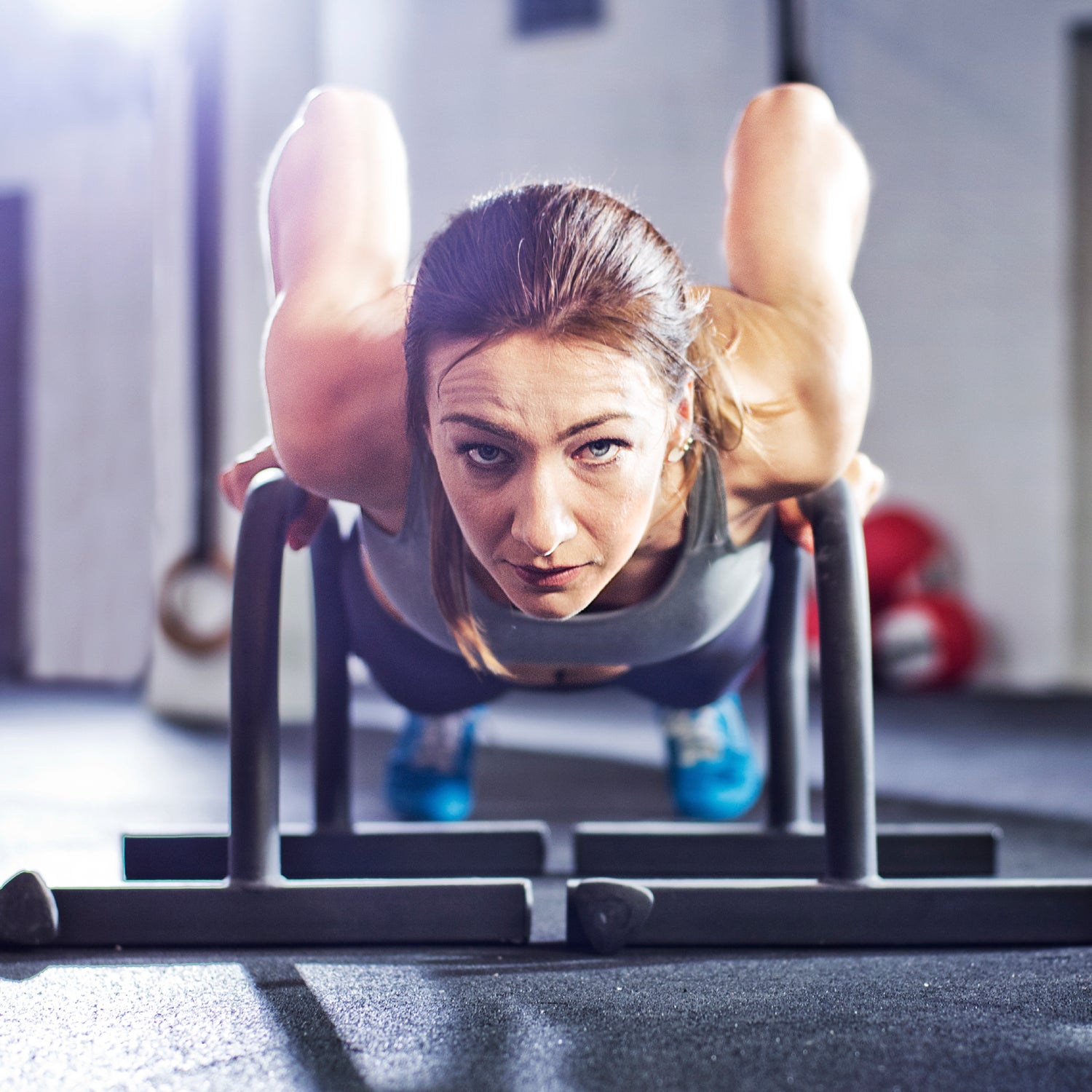When it comes to a fitness club’s cleanliness, there are very few rules—at least as far as legal responsibilities go. There’s no federal “health code” for gyms, and city and county governments only inspect them if a complaint is filed or an illness is traced to the facility. (Two exceptions: If a gym has a pool, sauna, or hot tub—or a cafe that prepares food—those elements generally fall under separate inspection guidelines.)
The International Health, Racquet & Sportsclub Association does provide a recommended for health clubs, including daily vacuuming, dusting, scrubbing, and disinfecting. For the most part, though, it’s up to individual gyms—and gymgoers—to ensure their spaces are clean. Here’s how to tell if yours is up to snuff, and what you can do to avoid harmful germs.
Ask the Right Questions
“There’s no question that a fitness center environment can be contaminated with germs, especially during influenza season,” says , chief of the division of infectious diseases at Case Western Reserve University. Cold and flu viruses can survive on surfaces like treadmill hand rails, free weights, and yoga mats for anywhere from 15 minutes to several hours, he adds, and other dangerous bacteria—like staph and MRSA—can linger even longer.
You should be “thinking about what’s being done from an infection control or prevention standpoint,” says Salata, “and the gym should be able to articulate that as people sign up.” Specifically, staff should let you know that they wipe down equipment and high-traffic surfaces several times a day, with a cleaning solution that kills germs and bacteria. Locker rooms should also be cleaned several times a day, according to the IHRSA, and towels should be washed in hot water and bleach between each use.
Your gym should also be monitoring its air quality. As the , no government agency in the U.S. formally checks air quality in gyms. But gyms can have high levels of airborn dust, formaldehyde, and carbon dioxide, which can contribute to respiratory problems and fatigue.
Try searching for news articles and online reviews about prospective gyms. You may be able to see whether complaints have been filed in the past, or whether independent tests have found things like (at a gym in Connecticut) or a linked to a hot tub (at a 24-Hour Fitness club in Memphis).
Look for Cleaning Staff
Unless your gym is a boutique $30-a-class indoor cycling studio with a dedicated wipe-down staff (), it’s unrealistic to expect every machine to get a thorough cleaning after each use. But if you spend a lot of time at the gym and you’ve never once seen someone cleaning, it’s worth asking a manager about, says , East-Coast regional vice president of operations for Crunch Gyms.
(Crunch prides itself on cleanliness, says Cunningham, especially since it made the switch to outsourced cleaning staffs at all of its locations nationwide about six years ago. “Instead of gym employees, we have workers from actual cleaning firms out on the floor from opening until closing.”)
Not only should your facility have a cleaning staff, but it should be clear that they’re following a schedule and covering all the areas of the club you use—like saunas, yoga studios, and reception areas, along withcardio and weight rooms. Look for both male and female staff, adds Cunningham: “If there’s just one or the other, you can bet they’re not getting in to clean both locker rooms very often.”
Check for DIY Cleaning Stations
Your gym should also provide ways for members to do their part to keep things clean, by wiping down machines, bikes, and mats with disinfectant spray. Some facilities provide spray bottles and paper towels, which can certainly help remove viruses and bacteria, says Salata.
But Crunch facilities, along with many other gyms, have started replacing those bottles with dispensers of pre-moistened, antibacterial wipes. “They’re easier to use, so they get used more frequently,” says Cunningham. “You don’t have to worry about someone walking off with the bottle or not spraying enough to actually be effective.”
Don’t Freak Out
Overall, common sense should be your guide. Avoid touching your eyes, nose, and mouth while you’re working out, says Salata. And even if you’re not showering immediately post-workout, wash your hands or use an alcohol-based hand sanitizer like Purell as soon as possible.
Be on the lookout for visible signs of unsanitary conditions, like dirty towels, moldy showers, people peeing in the pool, or muggy, unventilated workout spaces. “Even in the wintertime, you should be able to feel air circulating throughout,” says Cunningham.
If that all checks out, relax and enjoy your workout. “I don’t want to paint the picture that disease transmission is highly probable at the gym, because it’s not—especially among young, healthy people,” says Salata.
On the other hand, he says, if you’re already sick and coughing or sneezing, do everyone a favor: Stay home for a few days.


